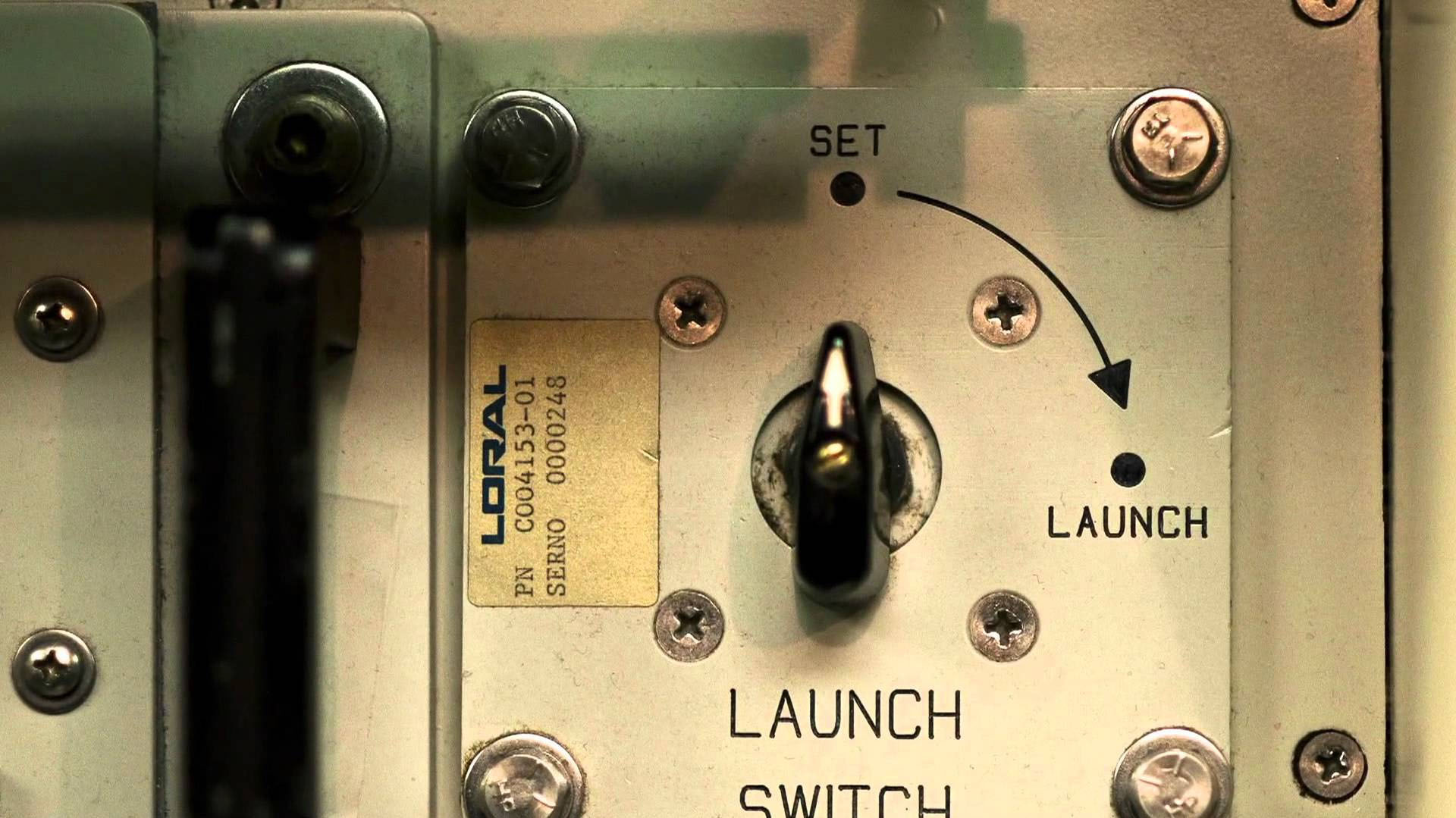Date
September 10, 1948
Document
- View PDF (370 KB)
Description
Written in the wake of the start of the Berlin airlift, NSC-30, “United States Policy of Atomic Warfare,” was one of the first—if not the first—formal attempts to create a policy shaping the use of nuclear weapons (as opposed to operational questions) in the early Cold War. In short, the report concluded that nuclear weapons must be a key component of the American political and military stance towards the Soviet Union:
It is recognized that, in the event of hostilities, the National Military Establishment must be ready to utilize promptly and effectively all appropriate means available, including atomic weapons, in the interest of national security and must therefore plan accordingly.
However, the ultimate conclusions are that any specific decision on whether or not nuclear weapons would be used in a future conflict would only take place when those circumstances presented themselves.
Also see (from FRUS, see citation below) memos providing commentary on the recommendations. One of them, from the Director of the Office of European Affairs (Hickerson) notes that incomplete planning and information could “force” the President into making a rash decision on “a very few hours’ notice without full consideration of all the factors involved, as the pressure would undoubtedly be great.”
Commentary
Citation
NSC 30, “United States Policy on Atomic Warfare,” Foreign Relations of the United States, 1948, Volume 1, Part 2 (Washington, DC: United States Government Printing Office, 1976), 624-631.
Provenance
The scanned version here is from Galenet U.S. Declassified Documents Online. The FRUS version is available from the Digital Collections of the Foreign Relations of the United States at the University of Wisconsin (direct link to start page). It is also available on the website of the Office of the Historian, US State Department.
Topics
Referenced in
Document entry started by Alex Wellerstein on May 31, 2018. Entry last updated by Mikael Kelly on October 1, 2018.


The report framed its “analysis” of nuclear weapons around questions of the intersection of military and political questions:
It is of note that this may be the first report to formalize the unilateral authority of the President of the United States for nuclear use:
The impetus for this memo came in May 1948, when Kenneth C. Royall, the Secretary of the Army, requested that a formal study be made on the issue of nuclear weapon use. In the request, Royall noted that:
The question of authority, then, was clearly still an unanswered one in 1948, and there still existed other possible options (the Joint Chiefs of Staff, for example) for where that authority might be derived.
The State Department, upon receiving Royall’s request, noted that, “The question raised by Secretary Royall… has never officially come before the Department.” In an additional memo, State Department employee Edmund A. Gullion suggested that:
This again indicates that it was not at all obvious that authority over nuclear weapons would be vested only in the President.
Notes